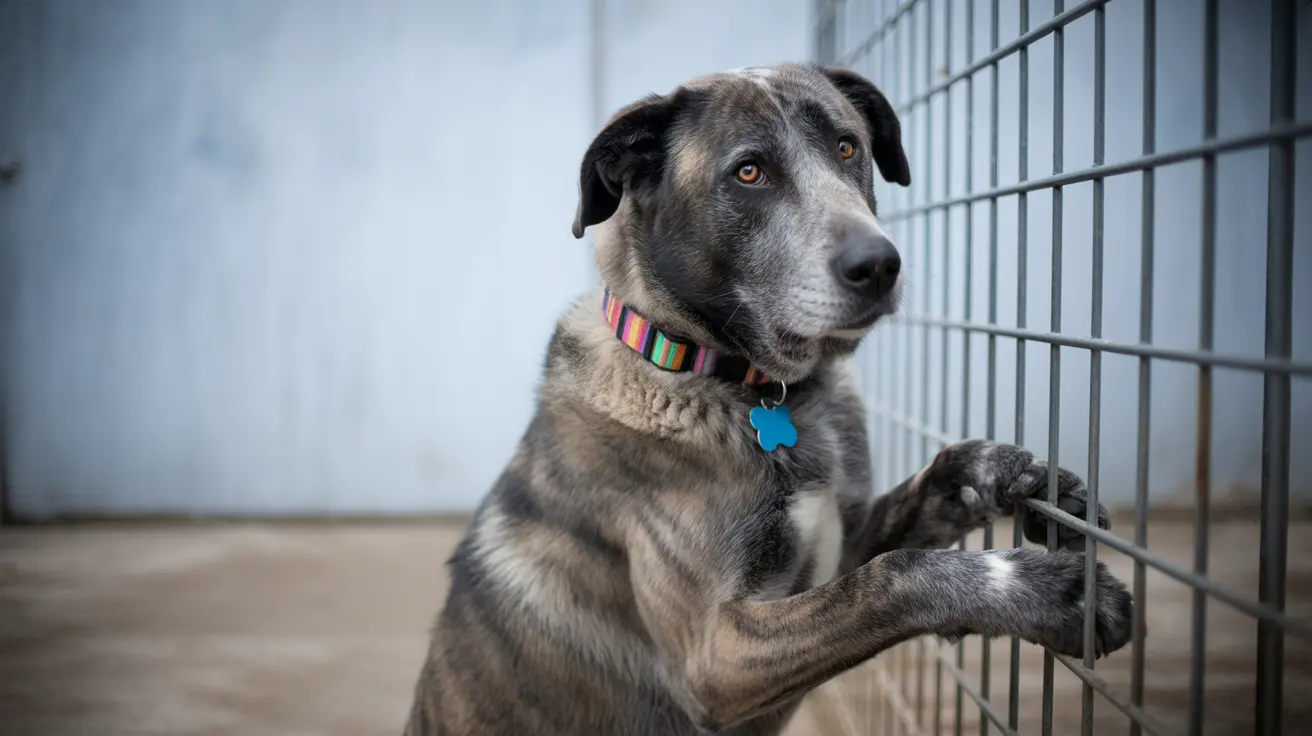Understanding Your Dog's Response to Clothing
Dogs aren't naturally inclined to wear clothes, and their reactions can vary dramatically based on their personality, previous experiences, and how the clothing is introduced. Some dogs may appear excited when dressed, often because they associate clothing with positive attention from their owners or enjoyable activities.
Individual temperament plays a crucial role - outgoing, confident dogs typically adapt more easily to wearing clothes, while shy or anxious dogs might find the experience more challenging.
Reading Your Dog's Body Language
Dogs communicate their comfort or discomfort primarily through body language. When wearing clothes, watch for these positive signs:
- Relaxed body posture
- Normal activity levels
- Tail wagging
- Willingness to move freely
Conversely, signs of distress include:
- Freezing or refusing to move
- Pawing at the clothing
- Tucked tail or flattened ears
- Excessive panting or licking
- Attempting to remove the garment
When Clothing Serves a Purpose
There are legitimate reasons to dress your dog that go beyond fashion. Functional clothing can provide important benefits in specific situations:
Protection from the Elements
Short-haired breeds, senior dogs, and dogs with minimal body fat often benefit from additional warmth during cold weather. Protective gear like rain jackets can keep them dry during wet conditions.
Medical Necessity
Dogs recovering from surgery or with skin conditions may need protective clothing to prevent excessive licking or scratching. Special anxiety wraps can also help calm nervous dogs during stressful situations.
Safe and Comfortable Clothing Practices
To ensure your dog's comfort and safety while wearing clothes, follow these essential guidelines:
- Choose appropriate sizes that allow full range of motion
- Select breathable, comfortable materials
- Monitor your dog closely when wearing new items
- Remove clothing if your dog shows signs of distress
- Never leave a dressed dog unsupervised
Introducing Clothing to Your Dog
The key to success lies in proper introduction and positive association. Start with these steps:
- Begin with simple, lightweight items
- Use treats and praise during dressing
- Keep initial wearing sessions brief
- Gradually increase duration as your dog becomes comfortable
- Never force your dog to wear clothing
Frequently Asked Questions
Do dogs actually like wearing clothes, or do they just tolerate it?
Most dogs learn to tolerate clothes rather than actively enjoy them. Their acceptance typically depends on individual personality, proper introduction, and positive associations with wearing clothing.
How can I tell if my dog is uncomfortable or stressed when wearing clothing?
Watch for signs like freezing, pawing at clothes, tucked tail, flattened ears, excessive panting, or attempts to remove the clothing. These behaviors indicate discomfort or stress.
What types of dog clothing are beneficial and necessary for my pet's health?
Beneficial clothing includes warm sweaters for short-haired breeds in cold weather, rain protection, medical recovery suits, and anxiety wraps. The necessity depends on your dog's breed, health conditions, and environment.
How should I introduce my dog to wearing clothes to make them more comfortable?
Start gradually with simple items, use positive reinforcement with treats and praise, keep initial sessions short, and never force your dog to wear clothing if they show resistance.
What are the potential risks of dressing my dog in clothes, and how can I avoid them?
Risks include overheating, skin irritation, restricted movement, and stress. Avoid these by choosing proper sizes, using breathable materials, monitoring your dog's comfort, and removing clothing if they show signs of distress.
Remember, while some dogs may learn to enjoy or tolerate clothing, others might never become comfortable wearing them. Always prioritize your dog's comfort and well-being over fashion, and consult with your veterinarian if you have specific concerns about your dog wearing clothes.






